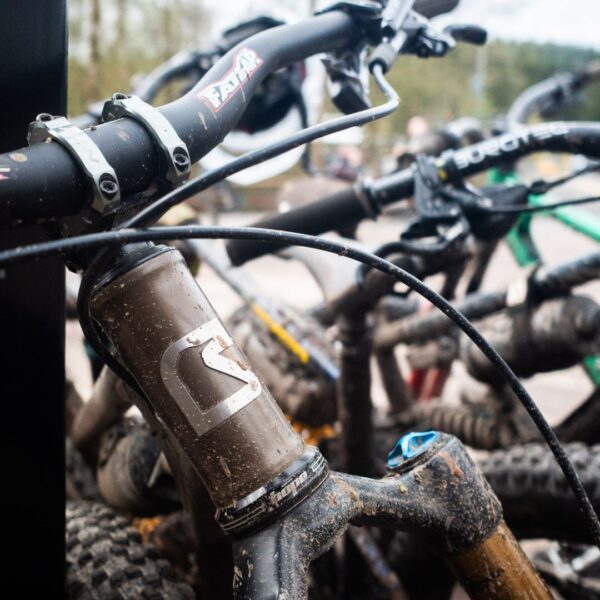

There are two commonly used ways to join steel tubes for bicycle construction. Fillet brazing and TIG welding. Frames used to be soldered using lugs, but that doesn’t lend itself well to complex, modern, full suspension mountain bikes.
So, what is better, TIG welding or Brazing? The common belief is that TIG welding is better as it uses a stronger filler material, steel, vs. brass with brazing. The stress engineer in me, notices that you use a lot less of it, and the filler joints are a lot smaller with tighter more stress-raising radii.
There’s also the question of the Heat Affected Zone, HAZ. This is the region of the tube where the heat from the welding affects the properties of the material. Typically, this is where failures occur. Brazing occurs at a lower temperature, but spreads the heat over a larger area. TIG welding is more localised, but to a higher temperature.
Brass is also much more ductile than steel, cracks grow much more slowly in ductile materials. If I were to design a joint system from scratch using any materials I could, I would use a strong base material joined with a ductile joining material using large, stress-dissipating fillets, just like a brazed joint.
‘What is best’ is still not a question that has been answered. Simply put, both ways of joining tubes are fine, as long as the joints are designed properly and the frame structure as a whole is well considered.
Ex-aerospace engineer Joe Mcewan is the founder and chief engineer of Starling Cycles. Passionate, outspoken and fond of a cuppa and a debate, Joe loves to challenge the established thinking of the industry.